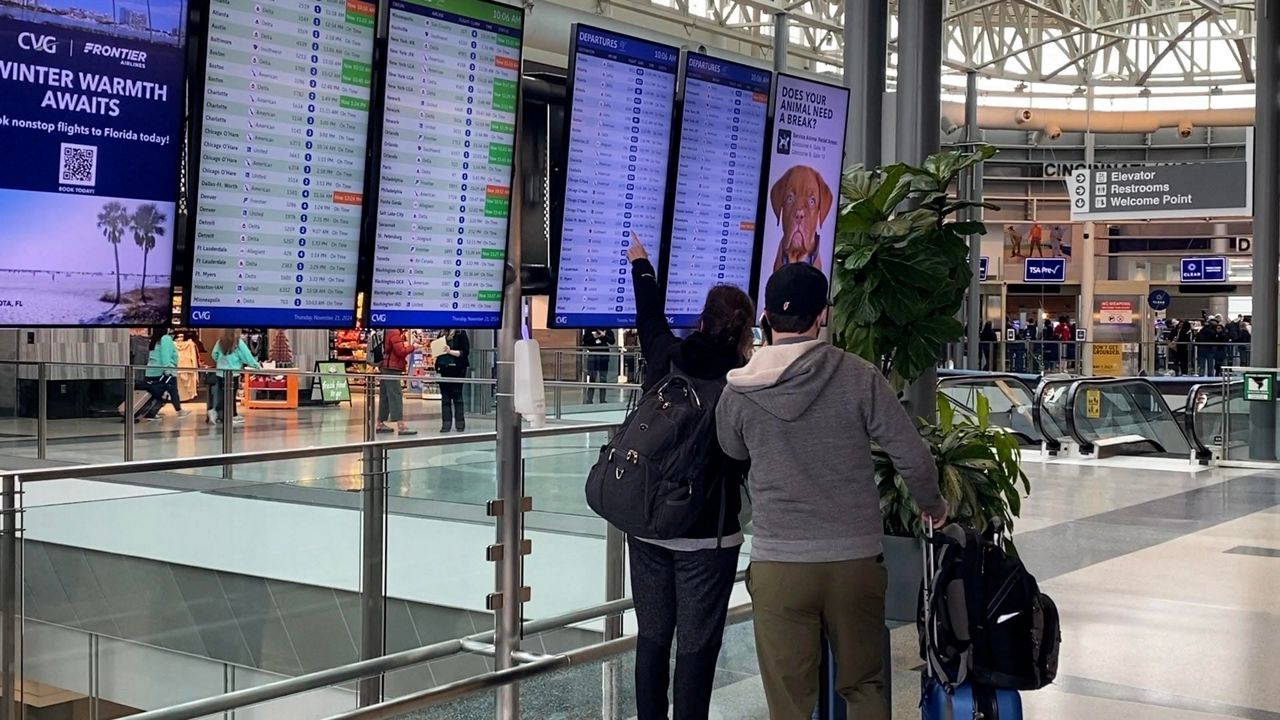Jobs
Middle-wage jobs shrink in the New York City area while high-wage jobs multiply

Middle-wage jobs that pay between $35,000 and $75,000 a year are shrinking in the metropolitan region while those that pay more and less are growing, according to new research from the Federal Reserve Bank of New York.
The number of middle-wage jobs contracted 7% between 2010 and 2023 in the region, which includes Long Island.
In contrast, the number of high-wage jobs, with yearly pay above $75,000, and the number of low-wage jobs, with pay below $35,000, have each climbed: Both were up 38% in the period, the bank’s research shows.
“Job growth since the pandemic has been concentrated in higher-wage” categories, said Jaison Abel, an economist and head of the New York Fed’s urban and regional studies unit. “But jobs in the middle continue to decline.”
He presented his research, which is based on federal data, at a conference on Friday about the future of jobs in New York City. The event was the second in a series held by the bank about the city’s outlook.
Abel said he defined middle-wage jobs as those in administrative support, construction, education, installation/repair services, production, sales, security guards and other protective services, social services and the arts.
Employment in each of those categories fell between 2% and 14% in 2019-2023, with the exception of installation/repair services, which increased 8% in the period.
In contrast, Abel said employment in business/finance, health care practitioners, legal, management and other high-wage occupations grew between 4% and more than 20% in 2019-2023. The largest gain — 21% — was in the management category, which includes CEOs and presidents.
He defined low-wage jobs as those in building maintenance, food preparation, health care support, personal care and transportation. The number of jobs in most of those categories fell between 4% and 20% in 2019-23. The exception was health care support, including home health aides, which grew 23%.
“New York City’s recovery [from pandemic-related job losses] was really driven by the health care sector … home health aides were half of the net new jobs in the health care sector,” Abel told the audience of about 200 people at the New York Fed’s headquarters in lower Manhattan.
He also said employment growth in Manhattan was anemic between February 2020 and March of this year compared with other parts of the region.
The number of jobs in Manhattan was down 4% compared with the pre-pandemic years, while Long Island was up 0% to 3%; Queens, 3% to 6%; and Brooklyn, more than 6%.
“There is persistent weakness in Manhattan,” Abel said.
That’s not likely to change as employees increasingly shun commuting to work for jobs closer to where they live, predicted Richard Florida, an expert on cities and urban planning at the Rotman School of Management in Toronto. He said Manhattan’s future lies in being the place that people want to gather after work to dine, socialize and be entertained.
“Remote work has changed everything but that doesn’t mean central business districts don’t have a bright future. People will come downtown but not to be in an office,” Florida told the audience.
New York Fed president John C. Williams agreed, saying Manhattan is already adjusting to the post-pandemic world of work.
“The city had to adapt to changes in office attendance and commute patterns, and the fallout is still lingering,” he said. “But we are back on our feet, and the current reality is far different from the onset of the pandemic [in 2020] and the period that followed.”









